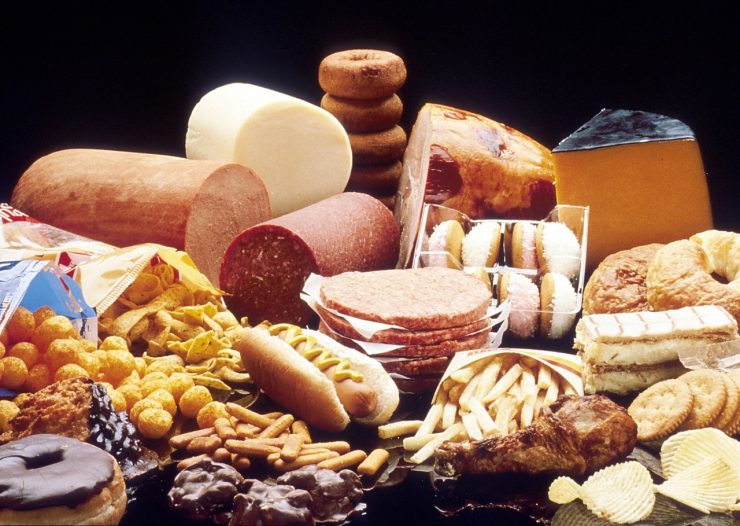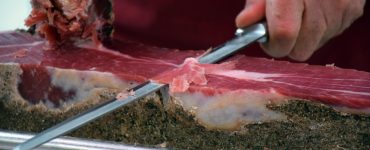Have you ever gotten a call from your doctor saying, “Your cholesterol is too high”? It’s pretty common, but before you panic and start cutting out all your favorite foods or jump on dangerous statins, here’s the thing—you don’t have to ditch butter, eggs, or steak just because of cholesterol.
I’ve got some good news: you can actually lower your cholesterol and reduce your risk of heart disease while still enjoying nutrient-rich foods. I recently had my cholesterol panel checked while sticking to a Paleo/primal diet—naturally raised meats, fish, poultry, a bit of full-fat sheep yogurt or cheese, lots of fresh veggies, some beans, and almost no processed grains or starches. Even after indulging in a big steak and a generous dollop of grass-fed butter in my coffee the night before, my numbers were impressive:
-
Total Cholesterol: 155 mg/dL (under 200 is good)
-
HDL (good cholesterol): 104 mg/dL (over 50 is good)
-
LDL (bad cholesterol): 38 mg/dL (less than 100 is good)
-
Triglycerides: 44 mg/dL (less than 150 is good)
The key is understanding where these numbers come from and which ones really matter. Total cholesterol is just a sum of all the cholesterol in your lipoproteins, but it doesn’t tell the whole story. It’s like knowing the total number of passengers on a highway without knowing how many cars or buses there are. Two people could have the same total cholesterol, but one could have more of the “good” HDL and the other more of the “bad” LDL.
LDL is often labeled the “bad” cholesterol because it carries cholesterol from the liver to other parts of the body. But here’s a twist—high blood sugar from eating too many carbs can actually drive up LDL levels, because excess sugar leads to high triglycerides, which the liver converts into LDL.
On the flip side, HDL is the “good” cholesterol. It helps clear cholesterol away from your arteries and back to your liver for disposal. The higher your HDL, the better your heart health, and regular exercise, maintaining a healthy weight, and quitting smoking can all help boost your HDL.
And what about triglycerides? They’re basically fats in your blood, and high levels (over 150) can increase your risk of heart disease. A diet high in refined carbohydrates and sugar can lead to high triglycerides, which, in turn, often means you have more of the dangerous, oxidized LDL.
The bottom line? Cholesterol itself isn’t the villain. Your body actually needs cholesterol to build cell membranes, produce hormones, make bile acids, and even synthesize vitamin D. Most of the cholesterol in your body is made internally, and your blood cholesterol levels are more influenced by inflammation and lifestyle than by the cholesterol you eat.
So rather than obsessing over total cholesterol numbers, focus on reducing inflammation with a low-carb, low-grain, low-sugar diet, eating quality foods like grass-fed meats, wild-caught fish, free-range chicken, and plenty of vegetables, and maintaining regular exercise and a healthy weight. That’s a much better strategy for preventing heart attacks and strokes than simply trying to lower cholesterol on its own.
Remember, raised blood cholesterol alone isn’t a sure sign of heart disease—it’s really about the overall picture, including inflammation markers and your overall lifestyle.











